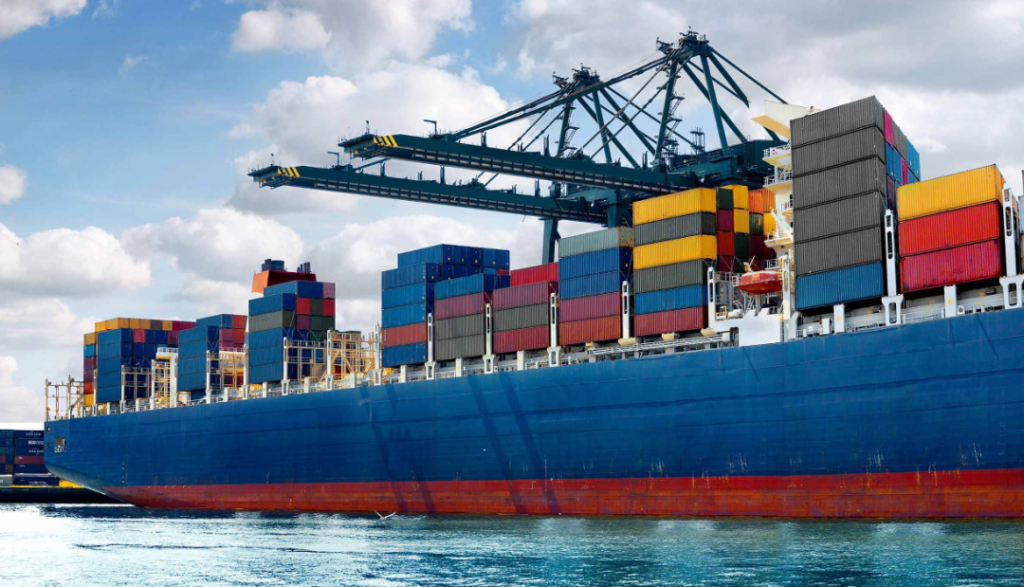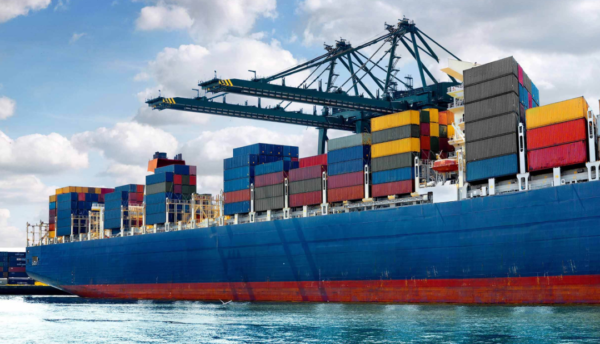The Butterfly Effect! The cost of shipping has soared. Next year, global import prices will rise by nearly 11%, and the price level will rise by 1.5%!

According to a report from the United Nations Conference on Trade and Development (UNCTAD), the surge in global container freight rates may increase global consumer prices by 1.5% next year and import prices by more than 10%.
China’s consumer prices may rise by 1.4 percentage points as a result, and industrial production may be dragged down by 0.2 percentage points.
UNCTAD Secretary-General Rebeca Grynspan said: “Before shipping operations return to normal, the current surge in freight rates will have a profound impact on trade and undermine the socio-economic recovery, especially in developing countries.”

Global import prices have risen by nearly 11%, and price levels have risen by 1.5%
After the COVID-19 pandemic, the global economy has gradually recovered, and shipping demand has surged, but shipping capacity has never been able to return to the pre-epidemic level. This contradiction has led to soaring ocean shipping costs this year.
For example, in June 2020, the spot price of the Container Freight Index (SCFI) on the Shanghai-Europe route was less than US$1,000/TEU. By the end of 2020, it had jumped to about US$4,000/TEU, and had soared to US$7,395 by the end of July 2021. .
In addition, shippers also face shipping delays, surcharges and other costs.
The UN report stated: “The UNCTAD analysis shows that from now to 2023, if container freight rates continue to soar, the global import product price level will rise by 10.6%, and the consumer price level will rise by 1.5%.”
The impact of soaring shipping costs on different countries is different. Generally speaking, the smaller the country and the higher the proportion of imports in the economy, the more affected countries are naturally.

Small Island Developing States (SIDS) will be the most affected, and the soaring cost of shipping will increase consumer prices by 7.5 percentage points. Consumer prices in landlocked developing countries (LLDC) may rise by 0.6%. In the least developed countries (LDC), consumer price levels may rise by 2.2%.
How far is the supply chain crisis?
The most deserted Thanksgiving in history, supermarkets restrict the purchase of daily necessities: the timing is close to the two major shopping holidays of Thanksgiving and Christmas in the United States. However, many shelves in the United States are simply not full. The out-of-stock problem that would only occur on Christmas Eve, started to ferment 2 months earlier
The bottleneck of the global supply chain continues to affect US ports, highways and rail transportation. The White House even frankly said that in the 2021 holiday shopping season, consumers will face more serious shortages. Some companies have recently issued a series of pessimistic speculations, and the influence continues to expand.
Port congestion on the West Coast is serious, and it takes one month for cargo ships to unload: The cargo ships lined up on the west coast of North America can take up to one month to dock and unload. Various consumer products such as toys, clothing, electrical appliances, etc. are out of stock.
In fact, the port congestion in the United States has been severe for more than a year, but it has deteriorated since July. The lack of workers has slowed the unloading of goods at ports and the speed of truck transportation, and the speed of replenishment of goods is far below demand.
The US retail industry orders early, but the goods still cannot be delivered: In order to avoid a serious shortage of goods, US retailers have resorted to their best efforts. Most companies will order early and build inventory.
According to data from UPS‘s delivery platform Ware2Go, as early as August, as many as 63.2% of merchants ordered early for the holiday shopping season at the end of 2021. About 44.4% of merchants had higher orders than previous years, and 43.3% were more than ever. Order early, but 19% of merchants are still worried that the goods will not be delivered on time.

There are even companies who rent ships themselves, find air freight, and try their best to speed up logistics:
Wal-Mart, Costco, and Target are all hiring their own ships to ship thousands of containers from Asia to North America.
Costco Chief Financial Officer Richard Galanti pointed out that three ships are currently employed, each of which is expected to carry 800 to 1,000 containers.
The global economy is just about to recover from the chaos caused by the epidemic, but it is facing an extreme shortage of energy, components, products, labor, and transportation.
The global supply chain crisis seems to have no signs of resolution. Coupled with the sharp increase in production costs, consumers will obviously feel the price increase. This Christmas holiday in the United States may not be so good.










